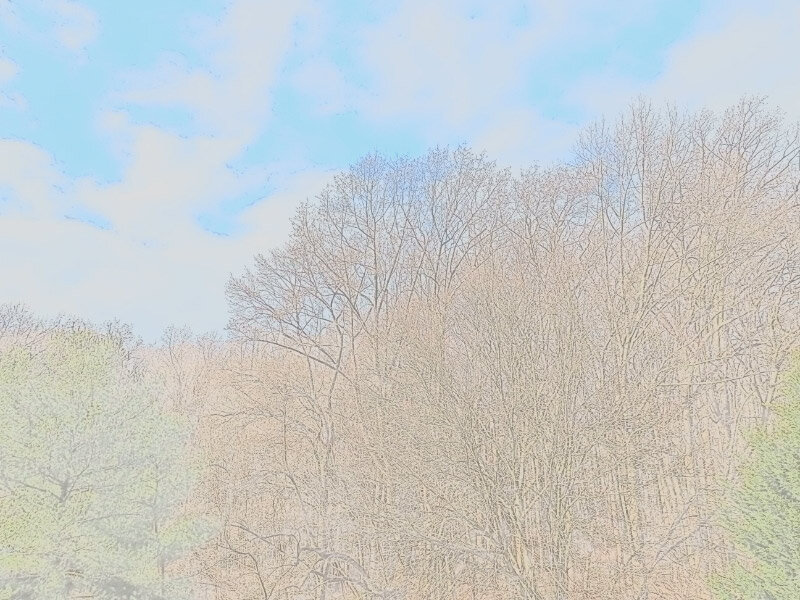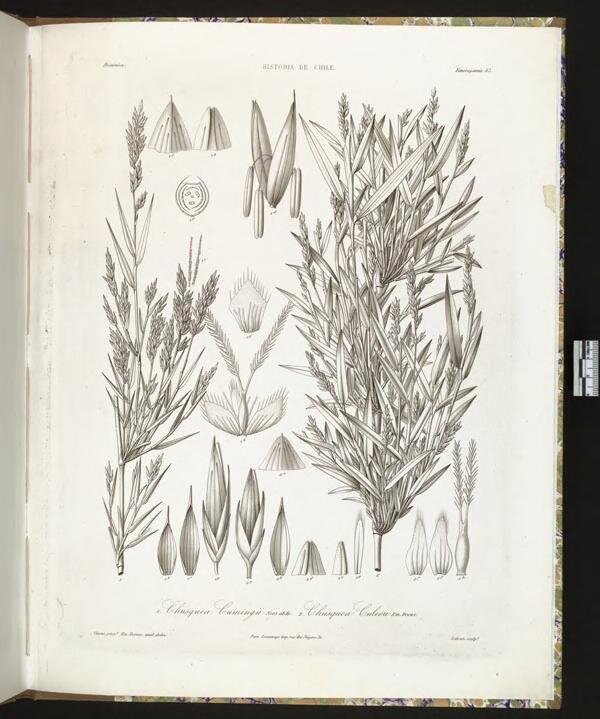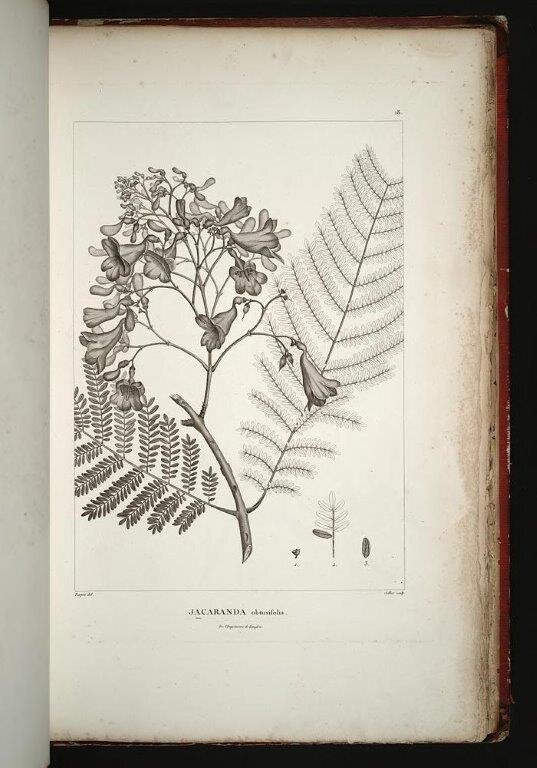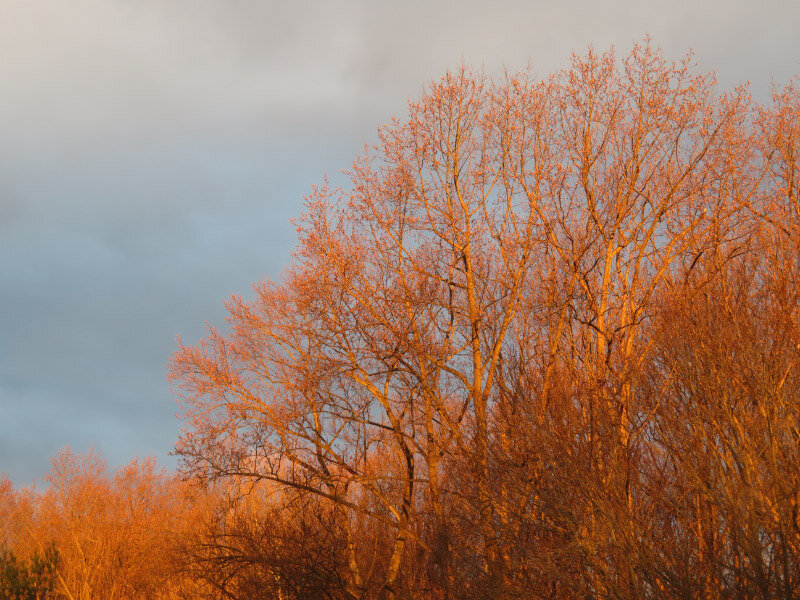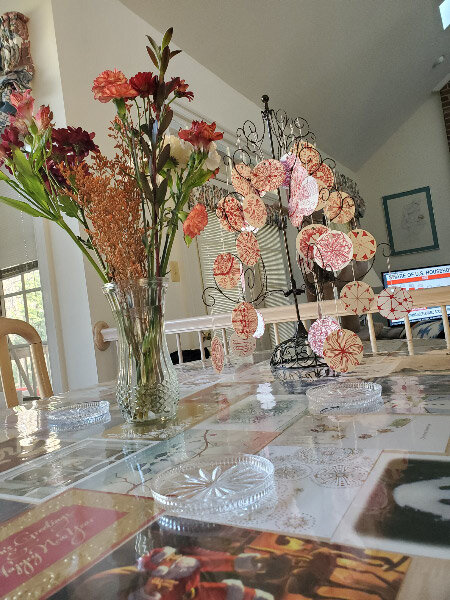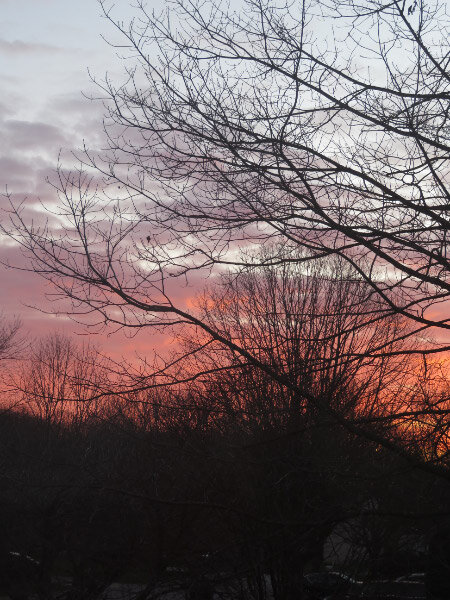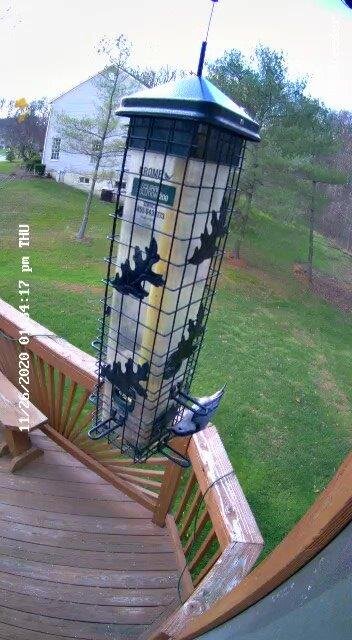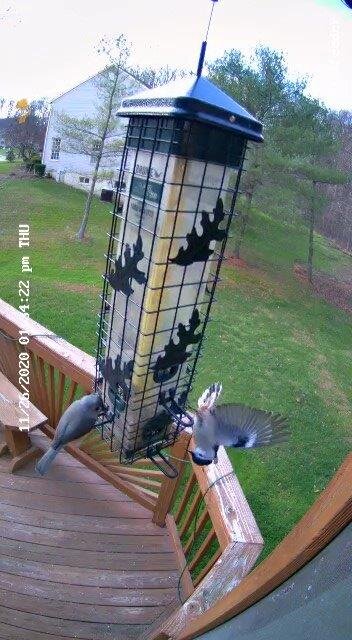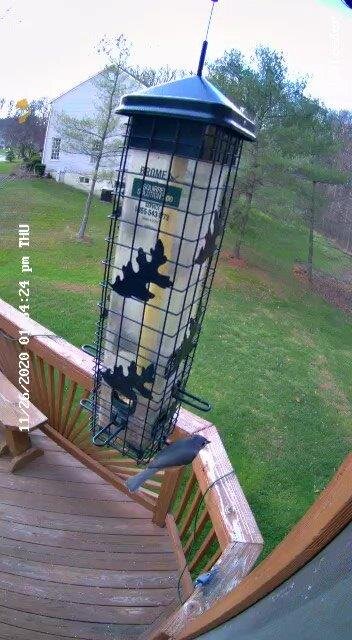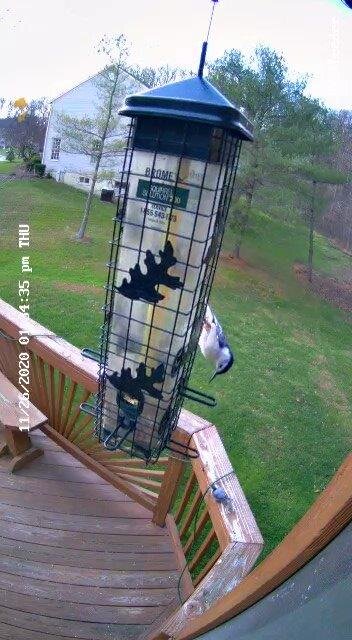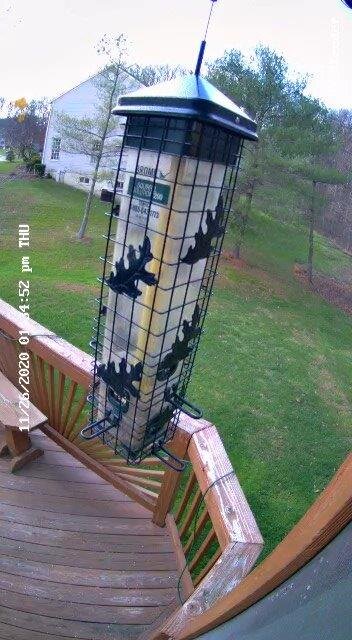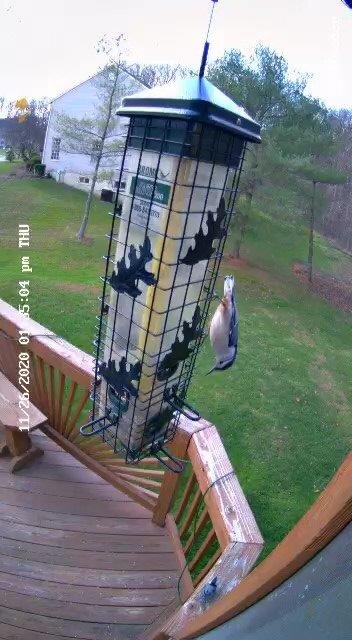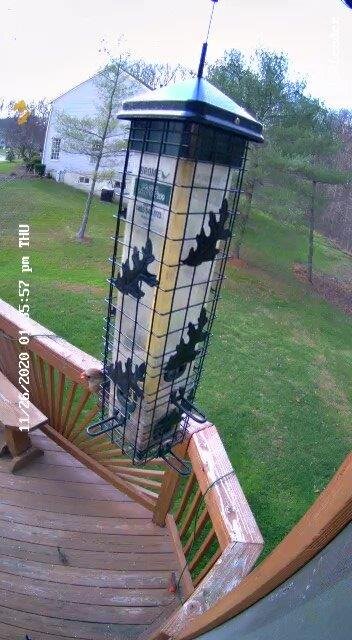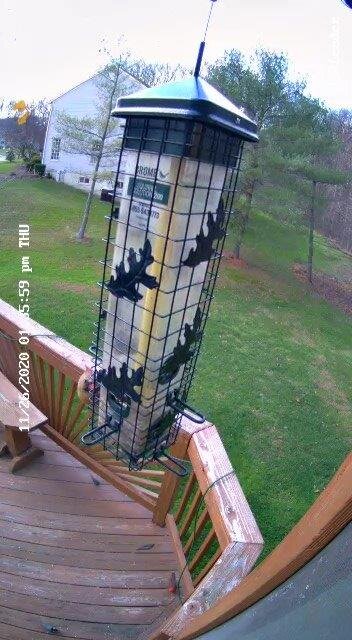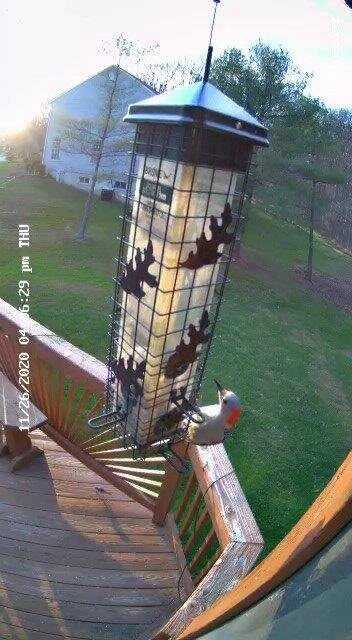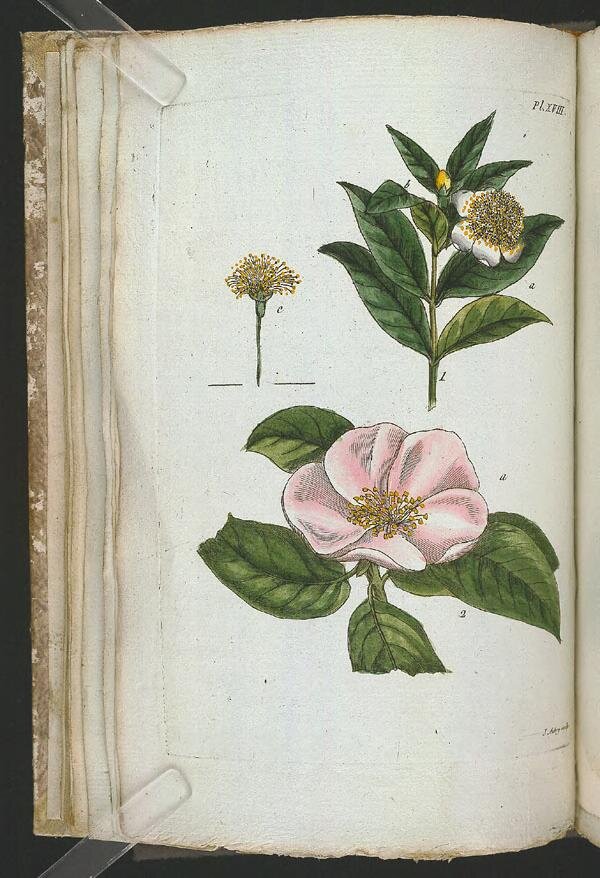The items below were ‘the cream’ of the articles and websites I found this past week. Click on the light green text to look at the article.
Coronavirus FAQ: How Do I Protect Myself From The U.K. Variant? - I added this one at the last minute…it’s scary…a good prompt to evaluate the precautions you are taking to not get COVID-19 with this more contagious variant circulating in the US. We are so close to having vaccinations broadly available!
When Only a Hippopotamus Will Do – Learn a bit about hippos. Did you know that there is a ‘wild’ population of hippos in Columbia’s Magdalena River, escaped from Pablo Escobar’s menagerie after his death?
Plastics pose threat to human health, report shows -- ScienceDaily – Awful….and there is relatively little being done to control this source of toxins in our environment.
Top 25 birds of the week: Terrestrial Birds! - Wild Bird Revolution – Most of the birds are relatively drab – lots of browns and off-white feathers….but interesting patterns. - the better to blend in with their environment. But there are a few surprises that are quite different from the rest.
From Ancient Rome to Contemporary Singapore: The Evolution of Conservatories – THE DIRT – I like conservatories….this article includes some history that I hadn’t thought about before…a bit more from the perspective of how conservatories fit into the cultures that created them.
Operation Ponderosa: Saving a Forest, Pandemic Edition – Several reasons this article caught my attention: it’s about 1) the Davis Mountains in Texas…a location I’ve driven through on road trips between Dallas and Tucson, 2) fieldwork and also done by a woman during this pandemic year, 3) the Ponderosa pine’s importance as ‘sky islands’ in this arid part of the country, 4) the impact of fire, and 5) how genetic testing informs forest restoration efforts.
Trees are out of equilibrium with climate -- ScienceDaily – I might have gotten a bit stuck on trees for this gleanings collection. This study found that factors other than climate often limit where trees grow...that few trees grow everywhere the climate would appear to support their growth.
Ancestral Puebloans Survived Droughts by Collecting Water from Icy Lava Tubes | Smart News | Smithsonian Magazine – New Mexico’s El Malpais….a place I’ve visited several times.
Migration and disease in the Iron Age - Current Archaeology – A skeleton of a man with tuberculosis that died between 400 BC and 230 BC in Britain but was born elsewhere based on analysis of his molars that developed in early childhood. Did he contract the disease early in his life or after he arrived in Britain?
Canyon De Chelly, Walnut Canyon Park Pages Added to Traveler – I’ve been to both these places so was glad they were added list of Essential Park Guides on this site. The guides are collections of articles about each park…and good references when planning a visit or to see some pictures of the park!
Bowerbirds: Meet the bird world’s kleptomaniac love architects – Elaborate structures of sticks and often colorful found objects…to attract a mate.















